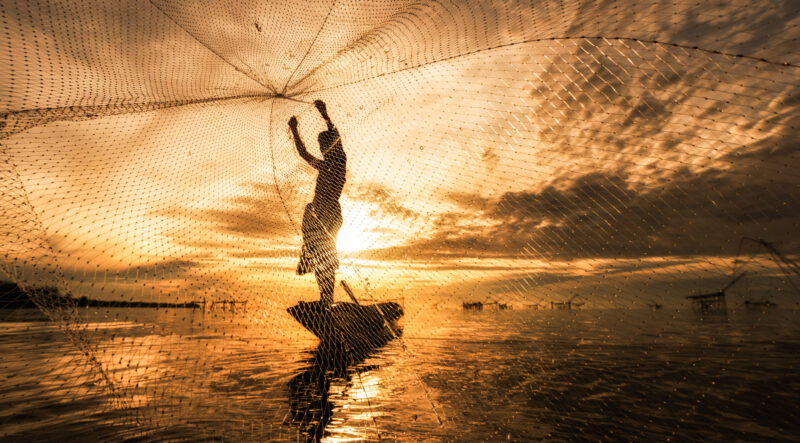Net gains from aquaculture growing around the world
Record aquaculture production makes critical contribution to global food security says UN
By Samantha McLeod
SeaWestNews
Aquaculture has grown faster than capture fisheries in the last two years and is expected to expand further over the next decade across the world, according to a new report by the UN Food and Agriculture Organization (FAO).
In 2020, animal aquaculture production reached 87.5 million tonnes, 6 percent higher than in 2018. On the other hand, capture fisheries production dropped to 90.3 million tonnes, a fall of 4.0 percent compared with the average over the previous three years, the FAO said.
The 2022 edition of The State of World Fisheries and Aquaculture (SOFIA) said the growth of aquaculture, particularly in Asia, lifted total production of fisheries and aquaculture to an all-time high of 214 million tonnes in 2020, comprising 178 million tonnes of aquatic animals and 36 million tonnes of algae.
“The growth of fisheries and aquaculture is vital in our efforts to end global hunger and malnutrition, but further transformation is needed in the sector to address the challenges,’’ said FAO Director General, QU Dongyu.
“We must transform agri-food systems to ensure aquatic foods are sustainably harvested, livelihoods are safeguarded, and aquatic habitats and biodiversity are protected,’’ he said.
Asian countries were the source of 70 percent of the world’s fisheries and aquaculture production of aquatic animals in 2020, followed by countries in the Americas, Europe, Africa, and Oceania. China remained the top fisheries producer, followed by Indonesia, Peru, the Russian Federation, the United States, India, and Vietnam.
The FAO is promoting the Blue Transformation strategy to meet the twin challenges of food security and environmental sustainability while ensuring equitable outcomes and gender equality.
‘’Blue Transformation is an objective-driven process through which FAO Members and partners can maximize the contribution of aquatic food systems to enhance food security, nutrition, and affordable healthy diets, while remaining within ecological boundaries,’’ said Manuel Barange, Director of FAO’s Fisheries and Aquaculture Division.
Fisheries and aquaculture also contribute to employment, trade, and economic development, he said.
The total first sale value of fisheries and aquaculture production of aquatic animals in 2020 was estimated at $406 billion, of which $265 billion came from aquaculture production.
According to the latest data, an estimated 58.5 million people were employed in the sector and of these approximately 21 percent were women. Around 600 million people are estimated to depend on fisheries and aquaculture in some way for their lives and livelihoods.
In Canada, aquaculture represents about a third of the country’s total fisheries value and about 20% of total seafood production. The value of aquaculture production has increased by 63% over the last ten years, to $962 million in 2013 from $591 million in 2003. In fact, Canadian production has increased four-fold since the early nineties.
Canada is the fourth-largest producer of farmed salmon in the world with 97 per cent of salmon produced in Canada being farm-raised, which is key to reducing pressure on limited wild stocks.
Aquaculture employs about 14,000 in full-time, well-paying jobs that are primarily located in smaller coastal and rural communities. Canada’s farmed-salmon industry provides more than 10,000 jobs alone, the majority of which are in coastal areas of British Columbia and New Brunswick.
The aquaculture industry also generates a little more than half a billion dollars in labour income.
(Image courtesy of FAO UN)

